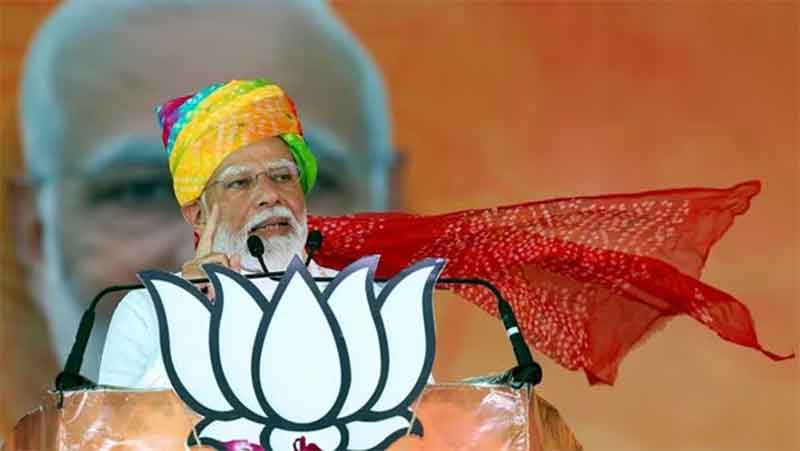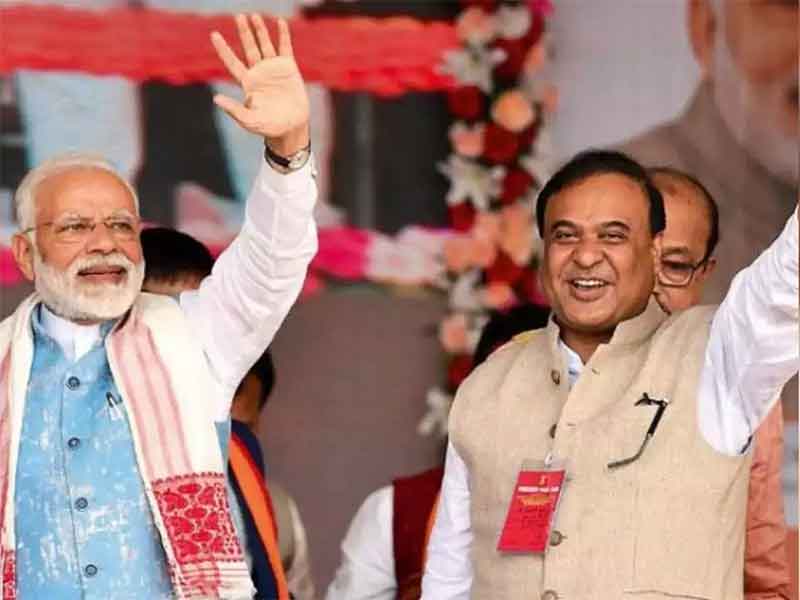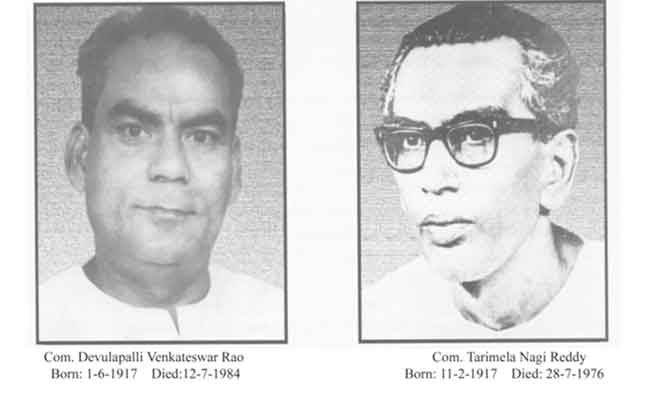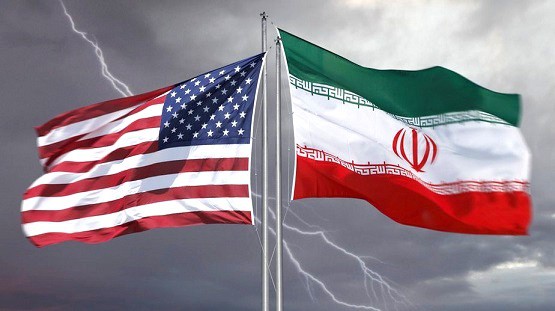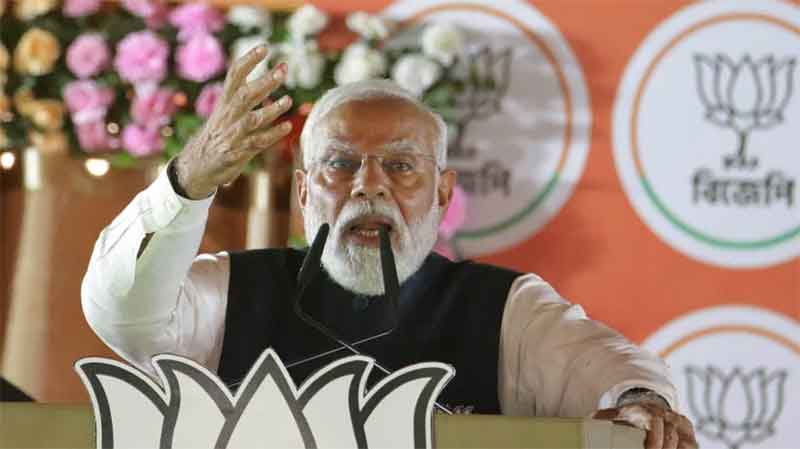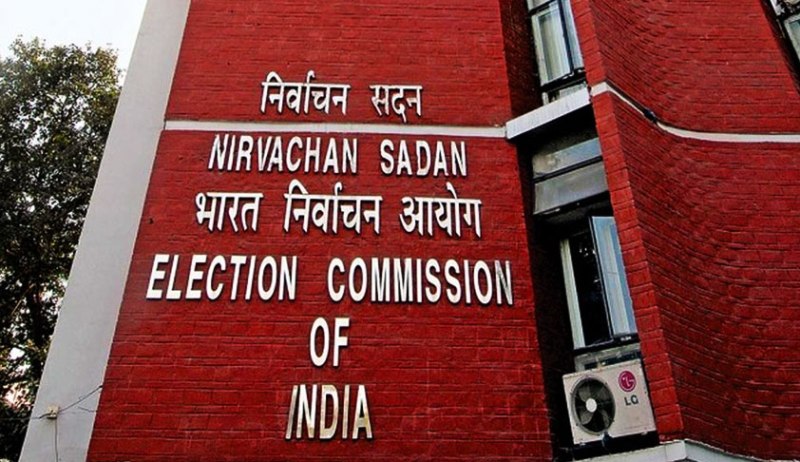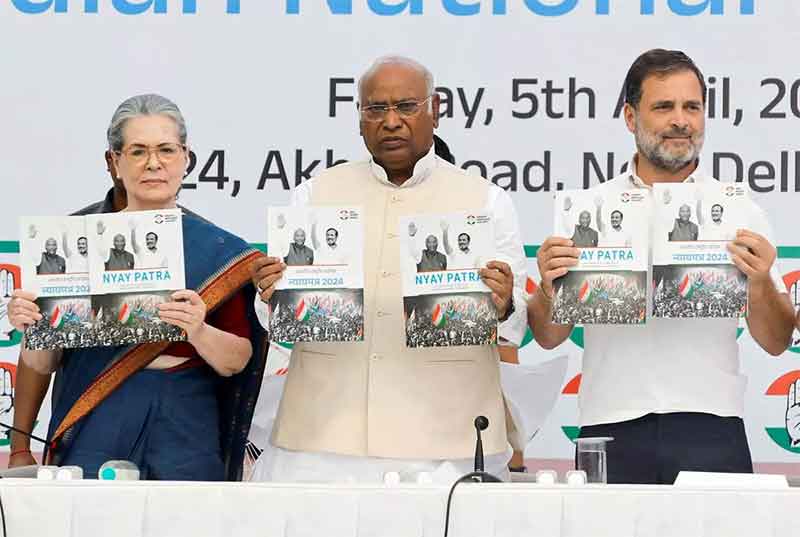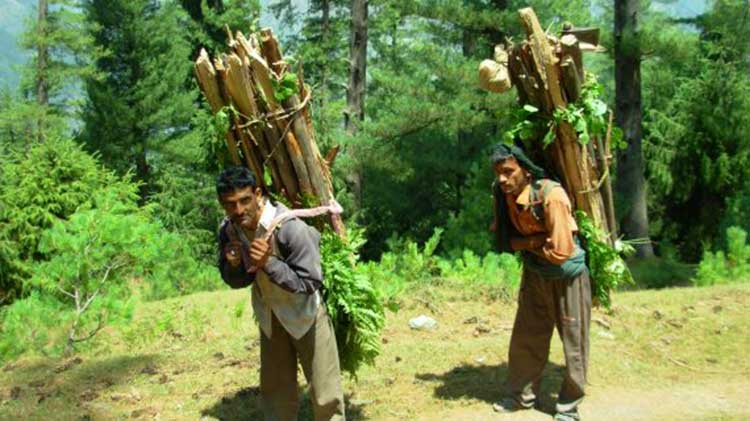
A few days ago one saw animal rights activists rejoicing that a film actor was convicted of killing a protected species. The punishment accorded to such a prominent person showed them that none is above the law.
This stand is fully understandable and acceptable. But what irked one was the fact that most people protecting wildlife and rejoicing at this punishment were silent on issues such as lynching of Muslims by gaurakshaks and were by and large absent from protests against them.
Another group certainly took up those issues but one was stuck by the silence of animal lovers on these issues. It seems to be symbolic of the urban middle class environmentalist tendency to view nature only as “beautiful trees and tigers” and accord absolute priority to animals and natural resources over human beings.
Some of them go beyond it to blame only the tribes and other forest dwellers or rural poor of destroying forests and wildlife. They want to protect forests from people. For example when a tiger was killed recently in the forests of Medinipur district of West Bengal a Union Minister who is also an animal lover rushed to accuse the Adivasis of killing animals as part of their culture. In reality none knows who killed it but the tribals were blamed for it.
One cannot deny that some of them do kill animals or cut trees. More often than not they do it as bonded labourers of timber contractors and smugglers. But that is a relatively recent phenomenon. People who want to protect wildlife from them are obviously unaware of tribal traditions of natural resource management that kept a healthy balance between human and environmental needs and ensured inter-generational justice.
These traditions have changed during recent decades mainly because of official policies that have created enmity between forests or wildlife and their guardians, the tribes and other forest dwellers. Those who accuse them of being enemies of wildlife should first try to find out reasons for this change instead of accusing them of being enemies of nature. It can only intensify the enmity between the tribes and forests.
Traditionally to the tribes the environment was not merely nature as it is to the middle class environmentalists. To them it was an ecosystem with human communities at its centre. That link broke with the British colonial regime declaring that forests and biodiversity are State property. This action turned the tribes who had inhabited the forests for centuries prior to it into encroachers in their habitat that they had protected till then.
In their tradition the natural resources and human communities depended on each other. As a result alienation of one resulted in the destruction of the other. The process leading to this alienation began with the colonial ruler destroying the link between the two.
However, the colonial forest policy spoke of the rights of the forest dwellers over the minor forest produce such as edible leaves, fruits and other produce that are essential for their sustenance. The first post-independence policy, on the contrary, turned their rights into privileges. At present they are spoken of as concessions. Many urban environmentalists too want to protect forests from the forest dwellers and grudgingly grant them some concessions.
That view is upheld also in the draft forest policy of the Government of India. It begins by stating that “forests are a dynamic ecosystem consisting of plants, animals & microorganisms safeguarding the ecological security of the nation. Forests provide the carbon neutral timber, non-timber products like medicines, grasses, & other ecosystem services essential for the very survival of the human beings.” The human community is absent from this definition.
The whole policy draft has only two sentences on people. Section 2.14 mentions the need to involve the forest dwellers in its protection and section 3.6 speaks of the role of the minor forest produce in their lives. The rest of it is about the forest department managing the forest. It asserts that because of the 1988 policy objective that income from forests should be subordinate to the green cover the tree cover in the country has risen (No. 1.4). But it ignores the fact that much of the rise in the tree cover is outside forests.
The farmers who practised agro-forestry and some tribal communities that got involved in community forestry have added to the tree cover. The policy draft gives no credit to them but only says that farmers should be helped to get involved in agro-forestry and to use that timber for commercial purposes (No. 2.12) and that community forestry should be encouraged (No. 2.14). The past is not recognised. While failing to recognise their role, the policy draft opts for private-public partnership with the big entrepreneurs. The draft continues to speak of the need to increase forest productivity. That is where the problem rose.
The private sector’s need for forests as raw materials and focus on productivity are responsible, more than any other factor, for the destruction of forests in India. But the draft policy attaches more importance to increasing productivity and much less to the people who alone can protect them.
The thinking of the draft is that all these resources have to be under the control of the forest department, when possible in partnership with the private sector but not with the communities inhabiting them.
Its fundamental premise is that the forest dwellers are the enemies of forests. A large number of urban environmentalists seem to accept this thinking that the forest dwellers are enemies of forests and wildlife. One cannot deny that because of the destruction of forests by the commercial interests whom the official policies favour, today the sustenance of the tribal and other forest dwellers is under threat.
The ensuing shortages force them to overexploit the little that is left of their resources. That creates the vicious circle of these communities using the resources no more as renewable but as sources of present income for sheer survival. They thus destroy the little that is left. It impoverishes them further and for survival they further destroy the same resources.
Forest regeneration cannot be achieved without breaking this vicious circle and the hold of the commercial forces over their produce. One cannot go back to their past tradition but ways have to be found of recreating a new link between forests and the forest dweller communities.
Today they get their income by destroying forests under the commercial forces. Ways have to be found of turning forest regeneration into a source of income and sustenance. It cannot happen as long as the forest department thinks of itself as the sole owner of forests. Genuine community forestry requires full partnership between the forest department and their communities. It is a difficult process but the only one that can regenerate forests.
Dr Walter Fernandes is Senior Fellow at North Eastern Social Research Centre, Guwahati. He can be reached [email protected]




